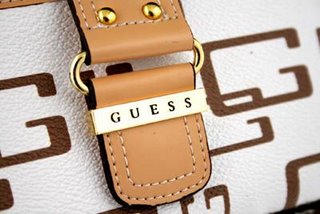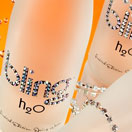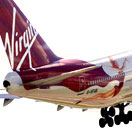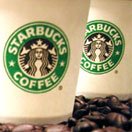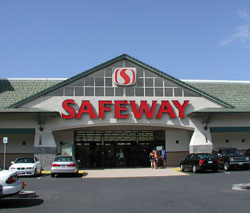FIERCE RIVALS J.C. Penney Co. and Kohl's Corp. have big plans for this weekend, and the name of the game is expansion.
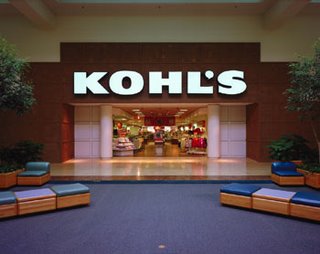
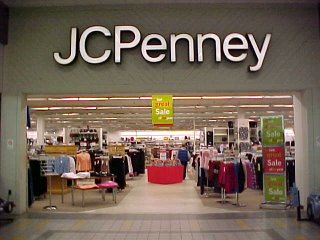
Kohl's is staging grand openings at 65 stores, the largest growth spurt in its history. At the same time, plans call for Penney to cut ribbons to open 20 stores -- its biggest expansion in two decades, and one with a new wrinkle: Of the 20, 17 of the stores are free-standing -- a matter of course for Kohl's but a departure from Penny's longtime role as an anchor in suburban shopping malls.
Both Penney, based in Plano, Texas, and Kohl's, based in Menomonee Falls, Wis., plan to celebrate their growth with big discounts on fall fashions.
That will help set the tone for a highly competitive holiday season as the two battle for the business of the middle-market shopper, says Britt Beemer of America's Research Group, a consulting firm that tracks shopping patterns nationwide. "We're already seeing big, in- your-face discounts of 30% to 50% off," he says. "This is going to be a good fight to watch."
The middle market, sandwiched between discounters at the low end and luxury retailers at the top, is actually growing more slowly than retail spending overall. This holiday season, middle-income shoppers are less likely to increase their spending than their lower- and upper-income counterparts, according to a recent survey by NPD Group, a market-research firm. But Penney and Kohl's are growing faster than other midprice department stores, and both companies raised their profit outlooks this week.
"We're taking share from somebody," says Myron "Mike" Ullman, Penney's chairman and chief executive. "We're getting new customers whether they're trading up, down or sideways."
Fe Limboc, a 55-year-old accounting analyst in Lewisville, Texas, says she shops at both Penney and Kohl's stores because traditional mall department stores are "expensive for what you get."
Both chains now have an opportunity to attract customers who once shopped at hundreds of former Filene's, Foley's and Strawbridge's stores that Federated Department Stores Inc. last month converted to Macy's, a chain with a more upscale image than many of those it is supplanting. Federated also has been closing stores in the wake of its acquisition of May Department Stores Co.
Richard Hastings, an analyst at New York-based retail consultant Bernard Sands, reckons Penney and Kohl's lately are stealing shoppers away from discounters, too. He cites both companies' strong September sales gains versus those of Wal-Mart Stores Inc. and Target Corp.
The shift in strategy at Penney -- which operates about 1,050 stores -- comes as regional mall construction has nearly ground to a halt, and time-strapped shoppers are favoring stores that are closer to home and easier to navigate. Capitalizing on that trend, Kohl's has expanded at a torrid pace, doubling the size of its chain to about 800 stores since 2001 by pushing into new markets like Florida and California. What remains to be seen is whether there are enough good free-standing locations for both companies' big expansion plans.
The stand-alone strategy also isn't a slam dunk. Penney has been tinkering with its free-standing format for three years, opening only 25 such stores prior to this weekend's rollout. And while these types of stores have advantages over mall anchors -- Penney says weekday traffic has exceeded its expectations -- other chains, including Sears Holdings Corp., have seen mixed results with them.
In recent years, Penney has concentrated on updating its fashions, adding a lower-price line by designer Nicole Miller and home furnishings by Chris Madden, for example. It has also beefed up private-label brands such as St. John's Bay clothes and Arizona jeans, which now account for more than 40% of its sales.
This week, Penney announced a deal to sell two new, exclusive lines of apparel, accessories and jewelry from Liz Claiborne Inc. -- Liz & Co. for women and Concepts for men. Both will launch next spring.
Mr. Ullman predicts that free-standing Penney stores will give Kohl's a run for its money with better service and more exclusive brands. In addition to hair salons and spas, some new stores, including a free-standing location opening this weekend in Fort Worth, Texas, will feature Sephora cosmetics boutiques. He also says departments from jewelry to home decor will be staffed with more sales people than at Kohl's. But like Kohl's, Penney will provide shopping carts at its off-mall locations.
Kohl's, which has grown by discounting name brands like Gloria Vanderbilt and Levi's jeans and Adidas athletic wear, also is expanding its stable of private labels with lines like Daisy Fuentes women's sportswear. Last year, it began carrying the Chaps label from Polo Ralph Lauren Corp. And in August, it signed a deal for an exclusive midprice line from designer Vera Wang. This week, the company attributed a surprisingly strong 16% increase in September same-store sales partly to its efforts to make its stores more "feminine."
"We've broadened our reach," Kohl's President Kevin Mansell says. "We're moving from a family-focused-only approach to include women at home without children."
Mr. Mansell adds that the wide-aisled "race-track" design of Kohl's stores reduces the need for staffing. "We're not doing our job in merchandise presentation or replenishment if our customer has to ask for a lot of help," he says. "They should be able to navigate with visual cues and signing."
In its new stores, however, Kohl's is enlarging fitting rooms and installing them with three-way mirrors. Nearby lounge areas are getting hardwood floors and more decorations. The checkout stations have been redesigned so clerks spend more time facing customers, rather than cash registers. New display windows out front will showcase mannequins in the latest fashions.
Stores cluttered with racks of merchandise have drawn complaints in the past, Mr. Mansell acknowledges. But he says they are being addressed with better displays. "We're carrying less inventory, and it's delivered more often," he says.
Some analysts, meanwhile, are skeptical about both companies' big expansion plans, saying the two will eventually fight over key locations as space gets tighter.
"If they do go head-to-head on too many sites, their rents are going to go up," Dennis Yeskey, national director for real-estate capital markets at Deloitte, says of Penney's plan to open as many as 400 more stores and Kohl's plan to add 500 by 2010. "Then they're going to scale back."
